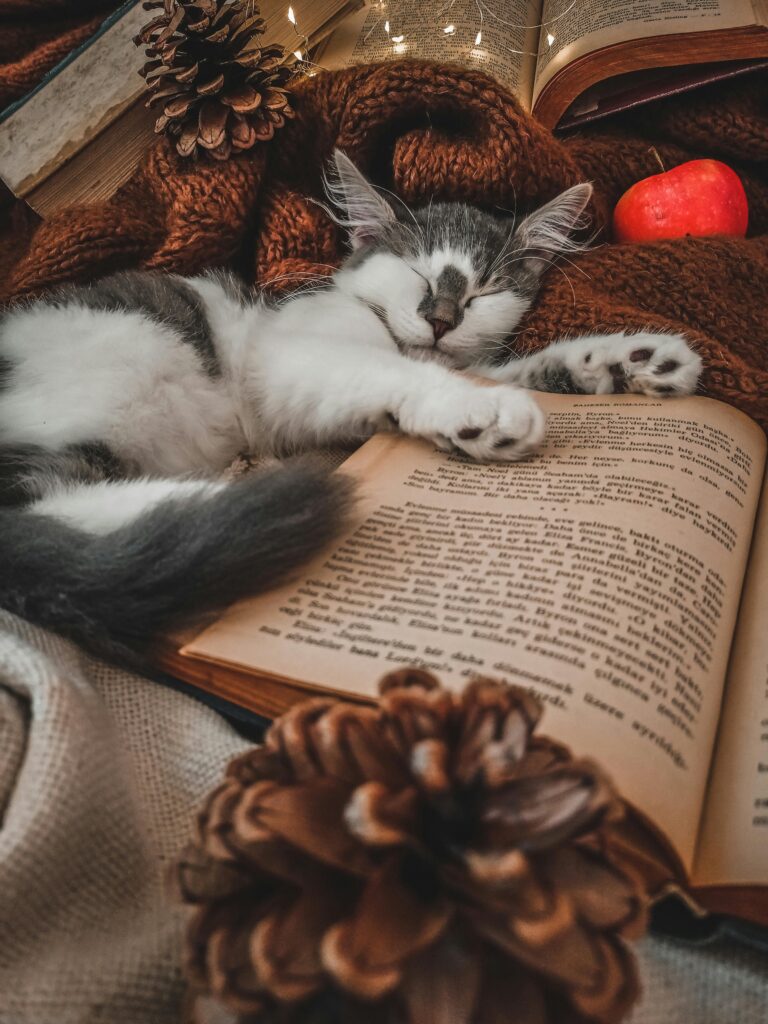Hi fiction lover! I’ve been spending some time reviewing shows and even giving an introduction to my favorite K-pop group. I’ve been loving exploring storytelling in different formats. But I’ve been missing the bread and butter lately. Why don’t we dial it back a bit and get back to the writing craft? After all, this is a blog based on fiction. Let’s say you finished your manuscript, or maybe you’re still in the early stages. There is an editor for you! On the other end of the spectrum, maybe you’re interested in becoming an editor. This post will help you decide which type of editing you’ll like to offer. The different types of edits don’t have to be complicated. I’ll break it down for you.
The Different Types of Edits: Four Types

Developmental Editing: The first type of editing I’ll talk about is developmental. This is the big-picture type of editing. Developmental editors are the ones who look at the plot, character arcs, and pacing. They help you with edits that will move around big parts of your story. Sometimes they’ll ask you to cut sizable parts, or to kill your darlings! Don’t mistake this type of editing for line-by-line feedback (there will be in-line comments most times, but not at the same level as the type below) or grammatical corrections. This type of editing will make you look at the entire scaffolding of your story!
Developmental editors can also be hired to help you before your manuscript is finished. They are master brainstormers and problem solvers. After all, they are well-versed in story and have a sense of what makes readers want to keep turning the page. After a convo with them, you’ll likely have a refined direction of where you want your story to go.
Line Editing: Line editing is a step down from developmental editing. Line editors help with clarity and flow on the (you guessed it) line-by-line level. It’s an intense type of edit, but so, so helpful! Imagine an editor putting a magnifying glass on each paragraph and line, making sure things stay coherent. In addition, they look at each sentence to make it as effective as possible.
Copyediting: Copyediting is another step down. If you’ve ever heard of keeping to a style guide, copy-editors are well-versed with that. They will help you with readability while making sure your text is error-free, which involves fact checking. Copyeditors will make a style sheet, which will record how things are labeled in your manuscript. For example, if you wrote an epic fantasy, copyeditors will make sure you refer to a made-up term the same way every time.
Proofreading: Finally, we have proofreading. Proofreading is the last step to making sure a manuscript is error free. Proofreaders sweep through the manuscript and check if there are any errors with grammar, spelling, and punctuation. People often get confused with copyediting and proofreading, but remember that proofreading is the final check and shouldn’t involve more than minor changes.
Which Editing is Right for Me?
Many seasoned indie authors will opt for saving costs, which means cutting out developmental and line editing. These types of editing will 100% level up your story, and reputable publishing houses will do all four types, but indie authors sometimes like to have full control over the big-picture. However, they will definitely go for copyediting. Proofreading is also a must so that the end-product isn’t full of little errors that will distract from the reading experience. I have a soft spot for authenticity reading, making sure your manuscript is authentic as possible—necessary as well, especially if you’re writing about an experience that you haven’t had firsthand. But most indie authors will skip out.
Also, sometimes the different types of editing will be broken down even further, or even referred to differently. However, the names for the different types of editing above are standard for those pursuing publishing with a fiction work.
Did you find this helpful? I was definitely confused on this subject at first. It took me a while to get a grasp on the different types of editing. Anyway, I want to say that you should definitely learn to self-edit, especially on the developmental and line level. This will improve your writing so much. Good beta readers and critique partners will often be like a developmental edit. But a second eye is most definitely necessary to catch the errors with spelling, grammar, and punctuation. Thanks for reading, and catch me on my blog for more posts about fiction!